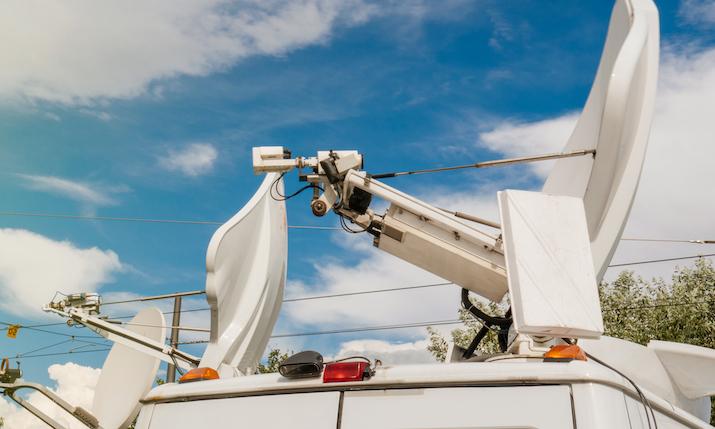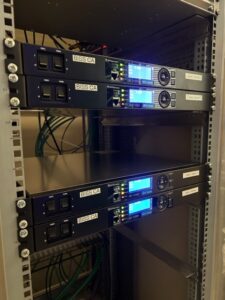The role of hardware encoders for major live event broadcasts

By Lorna Garrett, managing director, Zest Technologies
If you could have stepped behind the scenes of the biggest live broadcast events in the past year, you’d notice they continue to have one thing in common: the use of hardware encoders. While major advances have been and continue to be made in software and cloud-based encoding solutions, hardware encoders provide the performance in terms of reliability, quality and low-latency that broadcasters demand for major events.
In the case of mass-scale viewership royal events in the last year — including The Queen’s Platinum Jubilee, the State Funeral of the Queen and The King’s Coronation — hardware encoders are seen to be the safe pair of hands that broadcasters still rely on when they know that millions around the world (billions in the case of the State Funeral) are watching hours of live coverage unfolding.
The power of predictability
When planning the video contribution and streaming part of a major event, hardware encoders have always been an excellent choice as they are easy to size and spec, and operate with predictable and consistent performance. Hardware encoders are purpose-built, with dedicated chips designed specifically for the task in hand. NTT Innovative Devices Corporation (previously NTT Electronics) has designed its own NARA 4K HEVC/H264 codec chip that is the heart of the company’s hardware encoders and decoders. Performance is key, and latencies of 40ms are achievable when UHD encoding.

On the other hand, software encoding in the cloud can produce unpredictable results leading to potentially inconsistent quality and performance. These results can be due to such varying factors as the performance consistency of parts used in the underpinning third-party servers and infrastructure, over which you, the client, have no control.
With over 17 years of industry experience, the team at Zest Technologies has supplied the single-channel NTT HC11000 and multi-channel NTT HC32000 series contribution hardware encoders for the majority of UHD requirements for major events.
The place for software encoding
Software and cloud-based solutions have their place, particularly for covering burst-capacity needs with their ability to be quickly deployed and for providing disaster recovery backup. They can offer a level of flexibility and scale agility that hardware solutions cannot. With hardware encoding, you often have to design and implement for the maximum required possibility and may find systems running at less than their maximum capability at times. However, it’s good to see hardware encoding suppliers continuing to innovate to meet the industry’s changing needs: adding in SMPTE 2110 support, seamless protection (SMPTE 2022-7), BISS-2, ultra-low latency, and higher density of channels in both HD and UHD.
Our confidence in the continued use of hardware encoders for major events is based on the fact that we are still seeing plenty of appetite for using these tried-and-trusted solutions. Broadcasters need to be certain that their service or event is in robust and reliable hands. Poor service or performance could itself become the unwanted news story following a major event, and nobody wants that.

